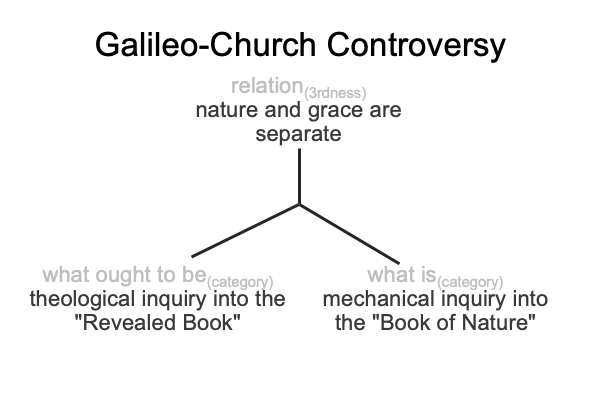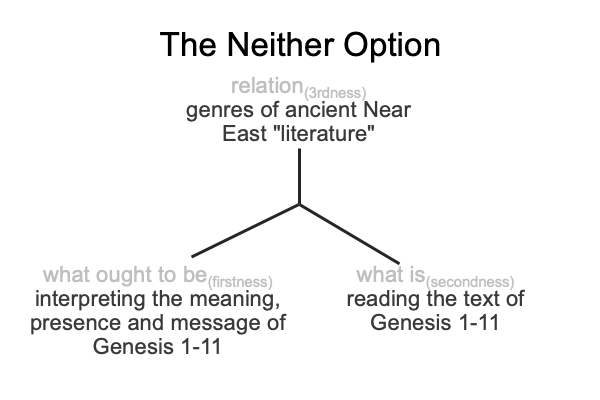Looking at the Book (2015) Genesis: History, Fiction or Neither? (Part 35 of 38)
0123 Sparks pictures the Biblical authors working during and after the Babylonian Exile. They weave oral and written traditions into one text. The creation myth in Genesis 2-3 is put together by the Antiquarian. The Genesis 1 Creation Story is scripted by the Apologist.
Neither is aware of Adapa’s encounter with Ea. Neither is aware that a tale of the earliest Mesopotamian sage is buried in some hill out there, in the desert. Why? The Antiquarian and Apologist labor for living traditions. What do they know about traditions dead for thousands of years?
0124 Indeed, the same character in An Archaeology of the Fall, articulates the implications.
Adapa belongs to a long-forgotten civilization, rejected by Abraham, when he turned away from his own family’s elite tradition, and set off on his own.
0125 Talk about histriography.
Abraham walks away from a dying Sumerian civilization, the civilization that enveloped his family tradition, without destroying it, all the way back to the beginning.
0126 Talk about historiography.
The Sumerian language is unrelated to any family of languages. Why? It is a creole. It is the first language practicing speech-alone talk. The Ubaid of southern Mesopotamia develops increasing labor and social specializations and blossoms, after thousands of years, into the Sumerian Dynastic. Here is the first beautiful, wonderful, inspiring, corrupt, monstrous and loathsome civilization to flower in our current Lebenswelt.
0127 Gen 1-11 is absolutely incredible.
So is the hypothesis of the first singularity.


